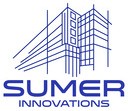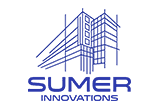In today’s world, energy-efficient buildings are more important than ever. They help reduce energy consumption and lower carbon footprints. MEP engineering solutions play a crucial role in achieving these goals.
Mechanical, electrical, and plumbing systems form the backbone of any building. They ensure comfort, safety, and efficiency. MEP engineering firms specialize in designing these systems to optimize building performance.
Smart building systems and automation further enhance energy efficiency. They integrate advanced technologies to monitor and control building operations. This leads to significant energy savings and improved sustainability.
Environmental engineering and renewable energy integration are also key. They help reduce the environmental impact of buildings. Together, these elements create sustainable and energy-efficient structures.
By adopting advanced MEP engineering solutions, buildings can achieve higher energy efficiency. This not only benefits the environment but also reduces operational costs.
What are MEP engineering solutions?
MEP engineering solutions encompass the design and implementation of mechanical, electrical, and plumbing systems. These systems are essential for the function and efficiency of modern buildings. They ensure that buildings are safe, comfortable, and energy-efficient.
MEP solutions are tailored to meet the unique needs of each project. This customization helps in optimizing building performance and minimizing energy use. Common components of MEP engineering include:
- Heating, ventilation, and air conditioning (HVAC)
- Electrical power and lighting systems
- Plumbing and water supply networks
Incorporating advanced technologies is crucial in modern MEP solutions. They integrate smart systems that allow for automated control of building operations. This results in improved energy efficiency and occupant comfort.
Overall, MEP engineering solutions are central to creating sustainable buildings. They support energy conservation and reduce operational costs over time. Through efficient design, buildings achieve both environmental and economic benefits.
The role of MEP engineering firms in sustainable building design
MEP engineering firms play a pivotal role in sustainable building design. Their expertise ensures that buildings are both efficient and environmentally friendly. By focusing on energy use, these firms drive the adoption of green practices.
Sustainable building design relies heavily on MEP engineering firms. They provide essential services in planning and implementing efficient building systems. Their role includes:
- Conducting energy assessments
- Designing efficient mechanical, electrical, and plumbing systems
- Integrating renewable energy sources
Collaboration is key in sustainable design. MEP engineers work closely with architects and builders. This teamwork leads to smarter, more sustainable buildings.
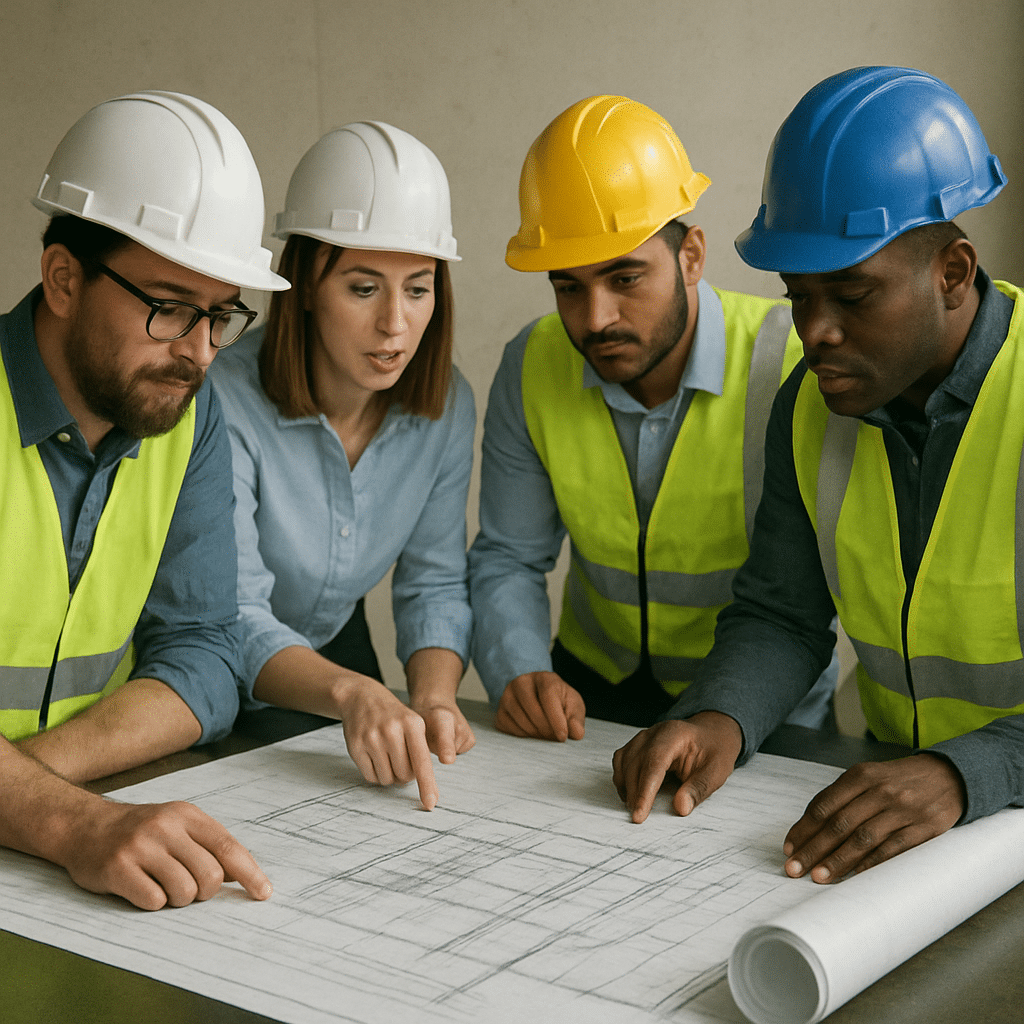
Moreover, the expertise of MEP consulting firms helps in achieving LEED certification. They guide projects to meet rigorous green building standards. Their involvement is crucial for achieving the desired environmental and economic outcomes in construction projects.
Key components: Mechanical, electrical, and plumbing (MEP) systems
MEP systems are the backbone of modern infrastructure. They ensure a building operates efficiently and comfortably. These systems are integral in controlling energy use and indoor environment quality.
The mechanical component includes HVAC systems, which regulate temperature and air quality. Efficient HVAC design reduces energy use while maintaining comfort. Properly implemented mechanical systems are key to sustainability.
Electrical systems manage power distribution throughout buildings. They include lighting and power outlets essential for day-to-day operations. Advanced electrical designs focus on energy conservation and incorporating renewable sources.
Plumbing systems encompass water distribution and waste management. These systems are crucial for health and environmental protection. Efficient plumbing design minimizes water waste and lowers operational costs.
- HVAC systems for comfort and efficiency
- Lighting and power management
- Water and waste management systems
The synergy of these systems is crucial for building performance. Together, they make buildings energy-efficient and sustainable, enhancing overall livability and functionality.
Smart building systems and building automation for energy efficiency
Smart building systems integrate technology to optimize energy use. They enhance building efficiency and comfort by automating controls for lighting, HVAC, and other systems. Building automation reduces energy waste and operational costs.
Sensors play a key role in smart systems. They provide real-time data to control systems effectively. This data helps in adjusting lighting and heating, ensuring energy use matches occupancy.
Building automation systems are tailored to specific building needs. They can be as simple as smart thermostats or as complex as full building management systems. Custom solutions offer tailored benefits for energy savings.
Key benefits of smart building automation include:
- Energy savings through optimized control
- Improved occupant comfort and satisfaction
- Reduced operational costs and maintenance needs
Incorporating smart technologies into buildings is essential for long-term sustainability. These systems form the foundation of future-ready, energy-efficient buildings.
Environmental engineering and renewable energy integration
Environmental engineering focuses on minimizing the ecological impact of buildings. It plays a critical role in sustainable building practices. This discipline incorporates eco-friendly materials and designs to reduce environmental harm.
Renewable energy integration is crucial for energy-efficient buildings. Utilizing solar, wind, and geothermal sources reduces reliance on fossil fuels. These energy sources support the creation of net zero buildings.
Designing with renewable energy sources involves planning for their unique characteristics. Architects and engineers collaborate to optimize placement and use. Such integration ensures energy independence and sustainability.
Key practices in environmental engineering include:
- Use of eco-friendly materials
- Incorporation of renewable energy systems
- Designs that enhance energy efficiency
By integrating environmental engineering with renewable energy, buildings can achieve significant energy savings. This approach not only reduces the carbon footprint but also lowers operational costs. The transition to greener energy sources is essential for the future of sustainable architecture.
Efficient HVAC design and energy-saving strategies
Efficient HVAC systems are vital for maintaining comfort while minimizing energy consumption. Modern HVAC design emphasizes energy conservation alongside air quality and indoor climate control.
Designing efficient HVAC systems requires a focus on both technology and strategy. Advanced controls and energy-efficient components are key. Correct sizing and placement of equipment ensure optimal performance.
Energy-saving strategies in HVAC design can include several innovative approaches. From variable speed drives to smart thermostats, each element plays a role in reducing energy use. Energy recovery systems further enhance efficiency by recycling waste energy.
Key strategies include:
- Implementing variable speed drives
- Utilizing energy recovery systems
- Employing smart thermostats
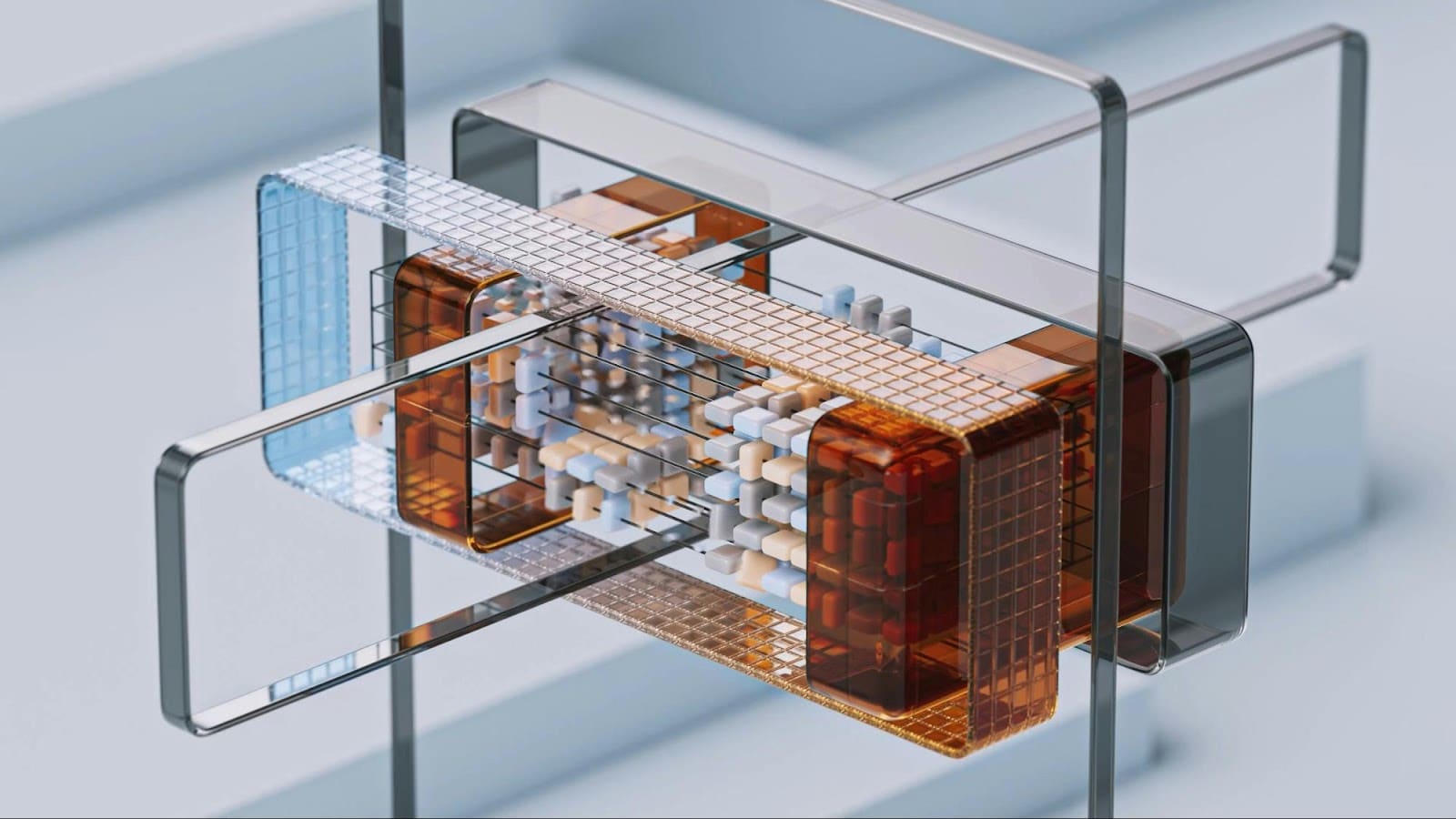
By adopting these strategies, buildings can achieve significant reductions in energy consumption. This results not only in cost savings but also contributes to overall sustainability goals. The future of HVAC design is intertwined with the pursuit of energy efficiency and conservation.
Energy modeling and building performance optimization
Energy modeling plays a crucial role in predicting a building’s energy use. It helps identify areas needing improvement, leading to better energy efficiency. These models simulate different scenarios to optimize building performance.
Various tools assist in energy modeling to create accurate forecasts. They take into account climate, energy systems, and building structure. This data-driven approach allows architects and engineers to make informed decisions.
Optimizing building performance involves more than just reducing energy consumption. It also includes enhancing occupant comfort and minimizing operational costs. Tailored solutions are developed to meet each building’s unique requirements.
Key elements in performance optimization include:
- Detailed energy modeling
- Data-driven decision-making
- Customized energy-saving solutions
In summary, energy modeling and performance optimization are integral to achieving energy-efficient buildings. These techniques ensure that buildings operate at peak performance while maintaining sustainability standards. With ongoing innovations, the scope and accuracy of these methods continue to expand.
Sustainable MEP solutions for net zero and green buildings
Sustainable MEP solutions are crucial for achieving net zero and green building goals. They ensure that buildings produce as much energy as they consume. This balance is often achieved through renewable energy sources, like solar or wind power.
Net zero buildings embrace innovative design strategies to minimize energy needs. This includes using high-efficiency fixtures and systems. Sustainable practices extend beyond energy use, addressing water conservation and indoor environmental quality.
Green building engineering focuses on durability and resource efficiency. It aims to reduce environmental impact while increasing building value. MEP systems play a key role in integrating sustainable features seamlessly into building designs.
Prominent MEP solutions include:
- Integration of renewable energy sources
- Energy-efficient fixtures and appliances
- Advanced energy management systems
These solutions not only benefit the environment but also contribute to lower operational costs. As sustainability becomes central to construction, MEP innovations continue to drive progress in green buildings. Sustainable practices are no longer optional—they’re essential for future-ready architecture.
LEED certification and compliance with green building standards
LEED certification is a benchmark for sustainability in building design and construction. It stands for Leadership in Energy and Environmental Design. Achieving LEED certification demonstrates a building’s commitment to environmental stewardship.
Compliance with LEED standards involves incorporating sustainable practices throughout construction. Buildings must meet specific criteria, focusing on energy savings and resource conservation. MEP systems are critical in meeting these standards through efficient designs and operations.
Key aspects of LEED certification include:
- Efficient energy use
- Water management practices
- Indoor environmental quality
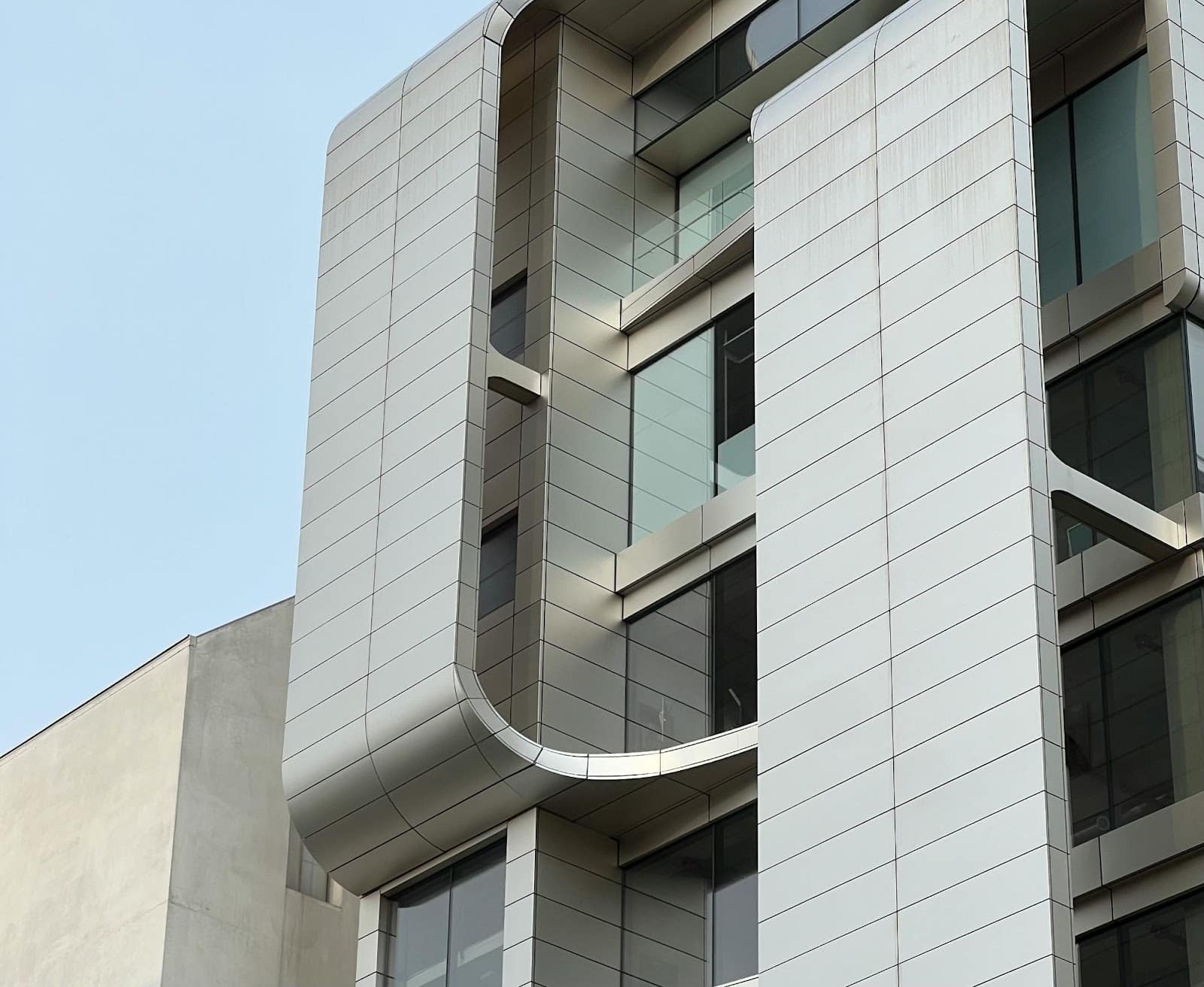
Achieving certification enhances a building’s marketability and attractiveness. It can significantly boost property value and appeal to eco-conscious tenants. As interest in sustainability grows, LEED-certified buildings are becoming the preferred choice for many.
Choosing the right MEP consulting firm for your project
Selecting the right MEP consulting firm is crucial for your project’s success. The firm should align with your sustainability goals and building requirements.
Consider the following when evaluating a firm:
- Experience with similar projects
- Expertise in energy-efficient designs
- Ability to integrate advanced technologies
A firm with a strong track record can offer insights into innovative MEP engineering solutions. Their expertise can ensure your building maximizes performance and efficiency. Additionally, look for firms that prioritize sustainability and environmental impact reduction in their projects.
Conclusion: The future of energy-efficient buildings with advanced MEP engineering solutions
The future of construction is undeniably tied to energy efficiency and sustainability. Advanced MEP engineering solutions are pivotal in this evolution. They offer the potential to significantly reduce energy consumption and environmental impact.
Building technology continues to advance rapidly, enabling smarter, more efficient systems. Implementing these cutting-edge solutions helps achieve greater sustainability in the built environment. With their expertise, MEP consulting firms will play a key role in shaping buildings that meet tomorrow’s challenges. Together, they will drive the development of energy-efficient buildings that balance functionality and environmental stewardship.
